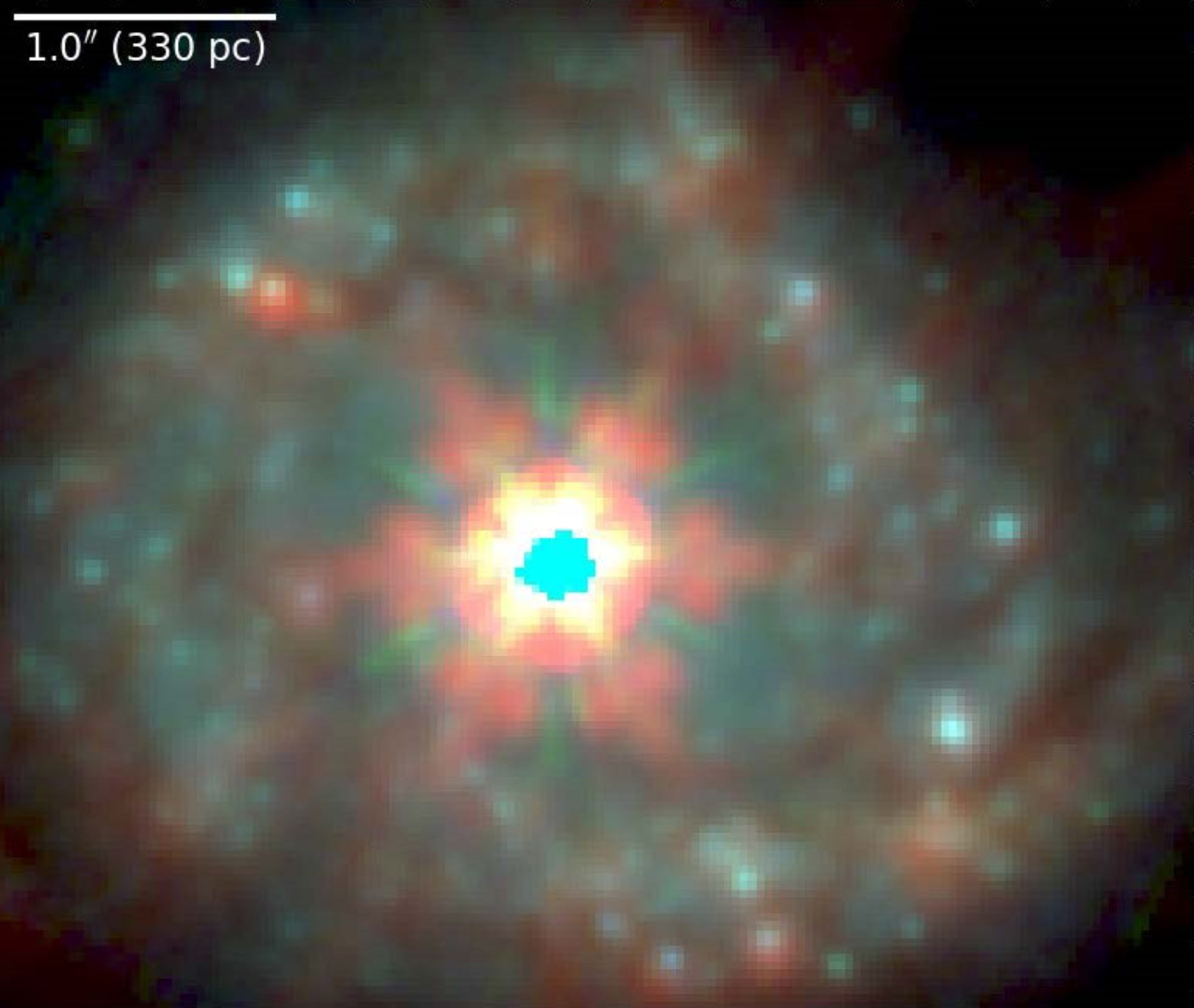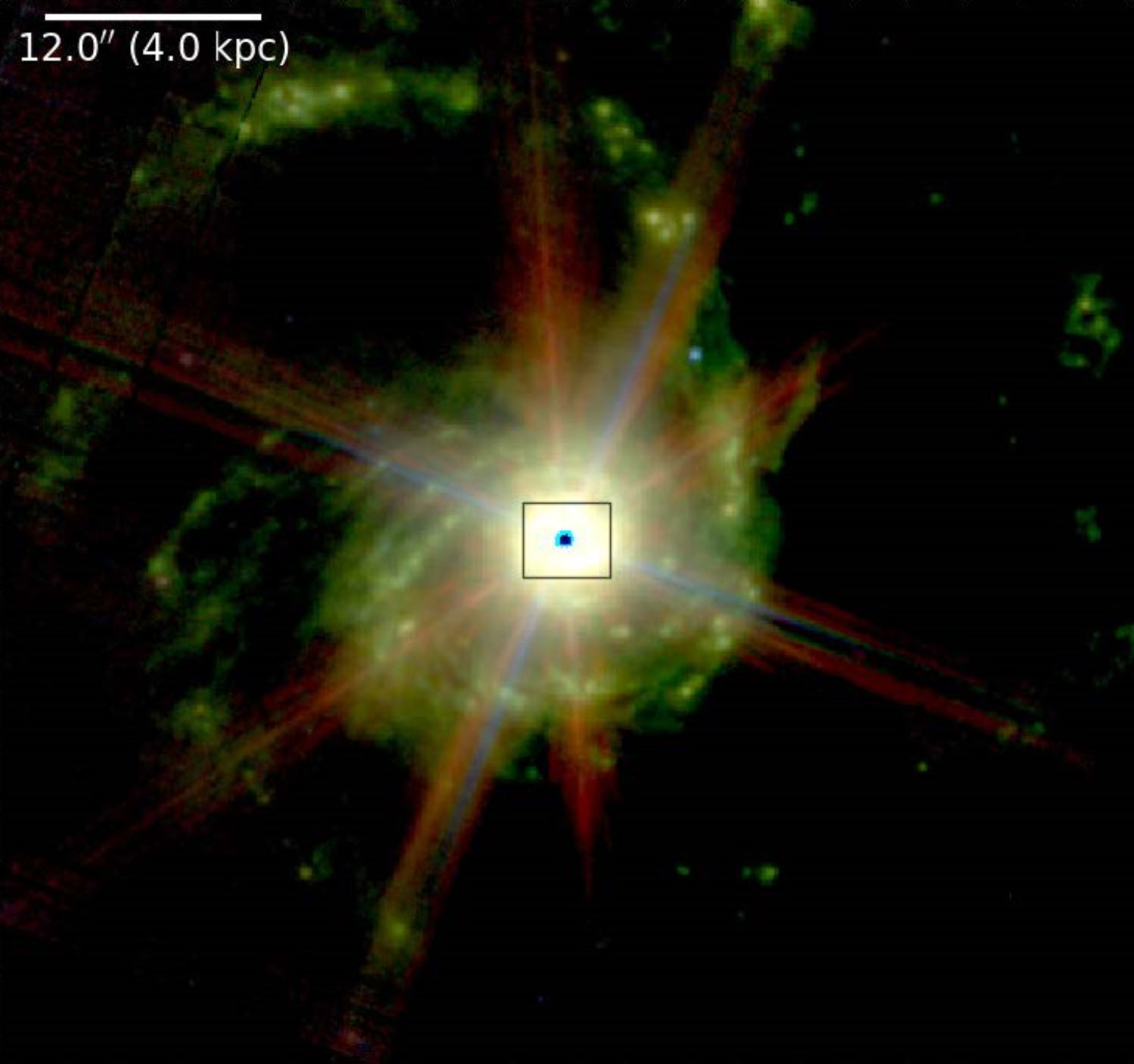The James Webb Space Telescope (JWST) has helped astronomers discover 36 new star-forming regions in the active center of a spiral galaxy with a bar NGC 7469. NGC 7469 is located at a distance of approximately 206 million light-years from Earth in the constellation of Pegasus. Together with its smaller spiral companion IC 5283, it forms a pair of Arp 298 galaxies.

The galaxy NGC 7469 is also known as LEDA 70348, which has a diameter of 90 thousand light-years. It was discovered on November 12, 1784, by the English astronomer John Herschel. It is also classified as a Seyfert galaxy. It contains an active supermassive black hole and a near-nuclear ring of the star formation region with a radius of 500 parsecs (1631 light-years).
“The position of NGC 7469 provides a unique opportunity to explore the active galactic core. However, due to the compactness of this system, it used to be difficult to take detailed images, since then there were no conditions necessary for studying the near-nuclear environment in the mid-infrared range on sub kiloparsecs scales. Thanks to James Webb, we were able to see the center of the galaxy,” said Thomas Bohn, an astronomer at Hiroshima University.
In the study, astronomers analyze detailed images of the active galactic center NGC 7469, obtained using the JWST near-infrared camera (NIRCam) and the mid-infrared instrument (MIRI).

During the study, scientists identified a total of 65 star formation regions, 36 of which were not detected in previous observations. They also found that 19 of these regions have very dusty and very young — less than 5 million years old — stellar populations.
Earlier we reported on how James Webb found the most distant galaxy in the Universe.
According to Astrophysical Journal Letters.
Follow us on Twitter to get the most interesting space news in time
https://twitter.com/ust_magazine
